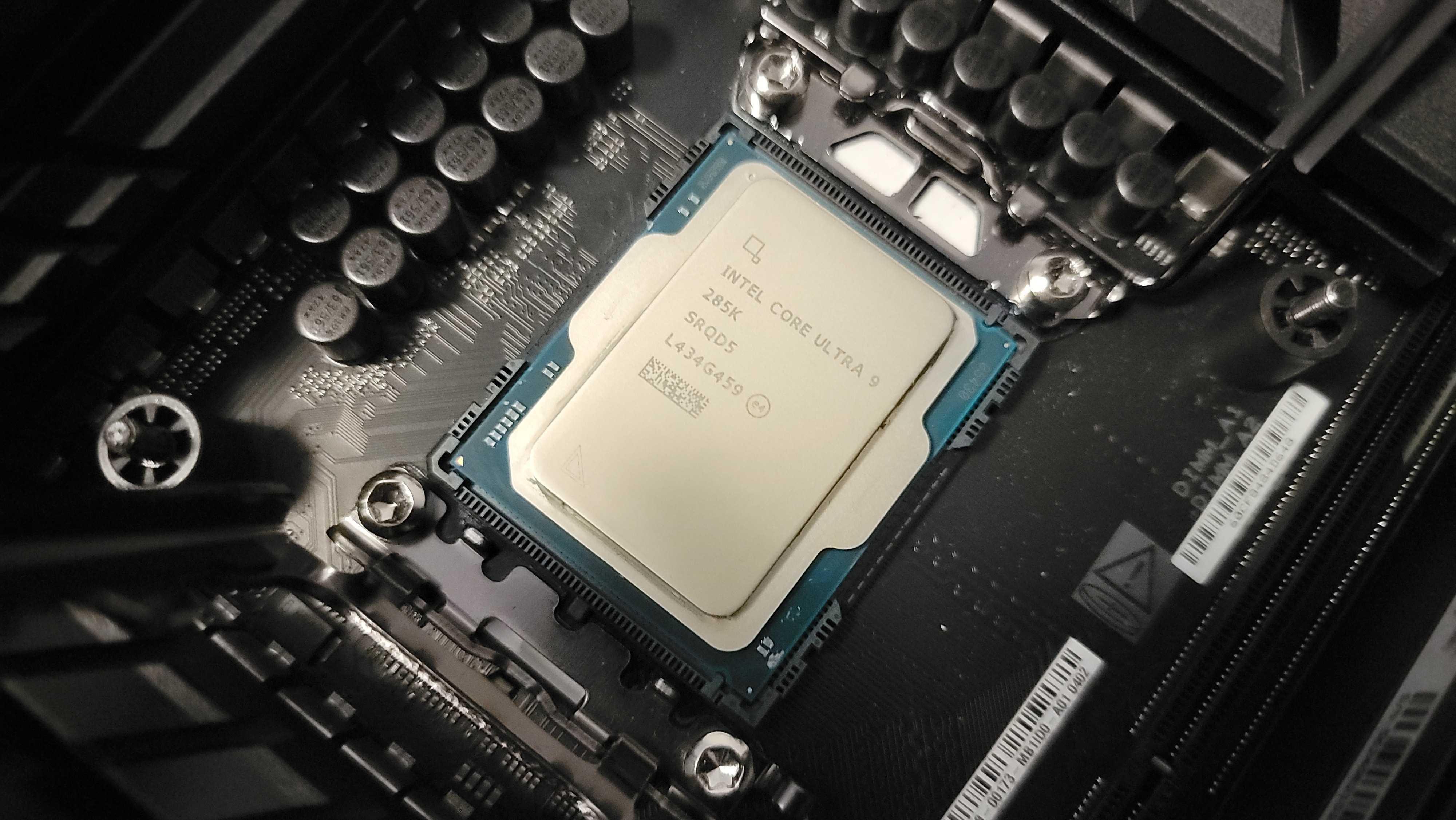
Intel’s new Core Ultra 9 285K launched to a lukewarm reception due to its middling performance, but switching to Linux could fix that. Compared to Windows 11 with the 24H2 update, the 285K ran 6% better on average on Ubuntu 24.10, the latest version according to Phoronix. Upgrading the Linux kernel to 6.13 pushed the 285K just a bit further, running 8% faster using this combo of Ubuntu 24.10 and Linux 6.13.
Looking closer at the individual benchmarks reveals that the 285K struggles with a few things on Windows. The top-end Intel CPU coped poorly with rendering, ray tracing, compression and decompression, encoding, Java, and sometimes chess simulators in particular. In one encoding test using the SVT-AV1 program, the 285K was nearly twice as fast on Ubuntu than it was Windows, and many other benchmarks showed double-digit percent performance gains when going over to Ubuntu.
The 285K was faster on Windows in some tests, however. Texture compression in ASTC Encoder and H.265 encoding in Kvazaar were better in Windows, and there were a couple of Java tests where the 285K eked out a win.
In roughly a third of the benchmarks though, the 285K’s performance was about the same on both Windows and Linux. Between that and the few wins that the 285K on Windows scored, performance on Ubuntu overall was only 6 to 8% faster, depending on the OS and kernel configuration.
Gaming performance is one of the 285K’s biggest problem areas; in our review, the 14900K was actually slightly faster despite being two years older. However, Phoronix didn’t test any games, though that is understandable since there aren’t too many games that have native Linux ports.
Phoronix was surprised that the 285K running Linux didn’t improve its speed when using Intel’s P-State performance governor, which is basically the equivalent of the high performance power plan on Windows. By default, the powersave governor tends to have lower performance, but in these tests that didn’t really hold true.
The 285K isn’t the only Intel part to do a better job in Linux than Windows. The company’s new Battlemage B580 GPU also enjoys better performance in Linux, though not in scenarios like gaming, which Windows still excels at.







